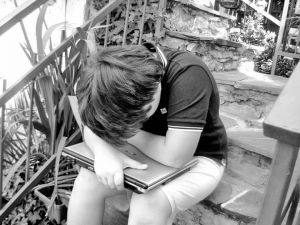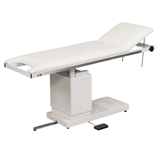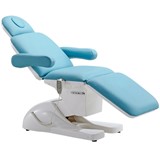The reason: children have more access to inactive opportunities, like being a couch potato, during this time.
In contrast, most activities undertaken during the school lunchtime period were active.
This study featured in the May 2011 issue of The Journal of Science and Medicine in Sport (JSAMS), published by Sports Medicine Australia, and identified the most prevalent activities performed by Australian children during these two periods.
Results showed eating, talking, walking, soccer (field/indoor) and chasey/tiggy were the most prevalent lunchtime activities, with 65% of all activities being active.
Watching TV, being a passenger in a car or bus, walking, studying or doing homework and talking were the most prevalent after school activities. During the 90 minute after school time frame, 57 minutes were spent in sedentary activities with 20 minutes of this being screen based.
Author of the study, Rebecca Stanley from the School of Health Sciences, University of South Australia, says having an understanding of the types of activities children typically perform during these periods will assist with encouraging active play and focus on restricting sedentary opportunities.
"An important finding to emerge from the data is the higher proportion of sedentary activities, in particular screen based sedentary activities, during the after school period in comparison to the lunchtime period. We have found that children tend to engage in as much moderate to vigorous physical activity in the 45 minute lunchtime break as they do in the 90 minutes after school period," said Stanley.
"This could suggest that if you take away or limit the sedentary opportunities children have access to straight after school they will have no choice then to become more active.
"This would certainly be of benefit as research has shown that children who report higher incidence of active play during the after school period are more active overall and active at a greater intensity.
"This therefore indicates that the after school period is an important window of time in the promotion of physical activity," said Stanley.






-160x160-state_article-rel-cat.png)
